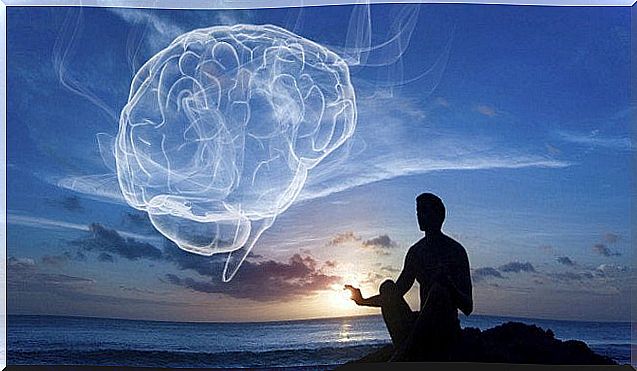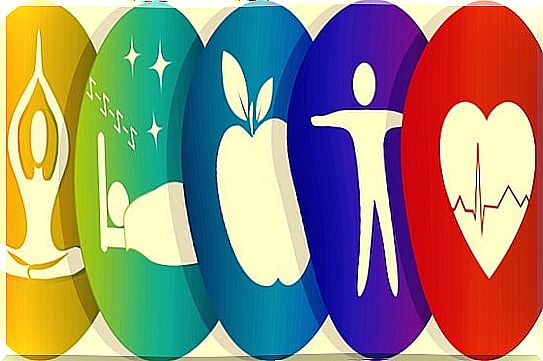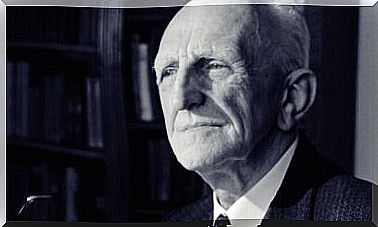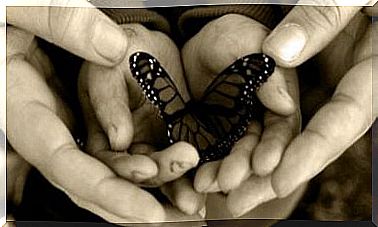Discover Wellness: Integral Health And Balance “body-mind “

Wellness is an interesting conception of well-being, understanding it in a broad way. Its purpose is to improve our quality of life, prevent physical or mental illnesses by attending, caring for and enhancing all those areas that surround us: food, body, emotions, relationships, environment … It is a concept, that of Wellness, of integral health that is booming and worth knowing.
It is very possible that we have seen more than one Wellness center in our cities, where spa services, gyms and sophisticated relaxation spaces are offered. There is also no doubt that many hotel chains use this term for economic purposes and to expand the offer of customers. However, and this is worth saying, the essential purpose for which this approach was conceived, more than 50 years ago, is sometimes overlooked.
The idea is not new at all. This holistic approach to wellness has its origins a few years after the end of World War II. The social and economic model was improving little by little, and with it other types of needs took hold: personal growth, freedom, the opportunity to choose, to develop ourselves psychically and emotionally.
It was a fascinating and defining moment. It was that moment when psychology became aware that its scientific model should open up to other possibilities. Thus, many professionals decided, for example, to stop focusing so much on the treatment of mental illnesses in exchange for providing people with mechanisms, resources and strategies so that they could learn to be happy, investing in their well-being, in their self-realization.
The pioneer and creator of the Wellness movement was Halbert L. Dun, a physician and biostatistician who throughout the 1950s became more famous for his lectures and books. His message was clear and very inspiring: “people need to live in a more conscious way, making the most of our potential.”

The 7 keys to understanding Wellness
We said at the beginning that many of the hotel chains or centers that offer weekend experiences with Wellness, sometimes show us a somewhat equivocal idea of what this movement, this vital approach, was originally looking for. Wellness is not something to try during a getaway, during a week of vacation. It is a lifestyle to integrate into our day to day.
On the other hand, there is an aspect in which it is convenient to reflect. Wellness has also been integrated into what we know as “complementary medicine”. We focus on “complementary” because this strategy is not an “alternative” to ordinary medicine, nor does it seek, much less, to replace it.
If many of us go to our doctor every time we have a discomfort, pain or illness, what Wellness seeks for its part is to prevent the appearance of some diseases and disorders by reminding us, for example, the importance of eating well, of play sports or take care of our emotional world.

We are, therefore, before a new conception of “mind-body” well-being where the person is taught to create healthier and happier living conditions so that, as far as possible, they can reach their maximum potential and stronger health. .
Let’s see below the dimensions that make up Wellness.
1. Physical well-being
How would we define physical well-being? The first thing that comes to mind is undoubtedly “absence of disease”. However, for Wellness it is necessary to go further, because being healthy is not limited only to being free of any type of ailment, it is above all about “feeling good”.
- Take for example people with arthritis, osteoarthritis or lupus. We know that they are chronic diseases, therefore, what would be sought with the Wellness is to improve your quality of life as much as possible.
- Thus, to invest daily in that physical well-being it would be necessary to put aside unhealthy habits such as tobacco, perform medical check-ups, reduce stress, know which diet best suits each person, discover what type of physical exercises will be more beneficial, etc.
2. Emotional well-being
In this case, the therapist trained in Wellness will give adequate strategies and techniques to recognize one’s own emotions, manage them and thus invest much better in one’s own well-being.
3. Intellectual well-being
The ability to open our minds to new ideas, concepts, perspectives, and experiences is key to our personal fulfillment and to our happiness. Staying active, curious and above all receptive to everything that surrounds us is a sensational way to improve our quality of life.

4. Social welfare
Now let’s ask ourselves a question: do the people who make up our social circle really give us what we need? Sometimes, we get so used to certain relational dynamics that we do not realize how they affect us, the stress that they make us develop and the unhappiness that we accumulate due to this impact.
Being aware of this and being selective in choosing who we want to have by our side is another essential mechanism that defines Wellness.
5. Environmental Well-being
This is an aspect not so well known, or that at least we neglect on many occasions. Environmental well-being refers to our ability to recognize our own responsibility in the natural balance. Therefore, it is not a question of limiting ourselves to avoiding polluting scenarios or living in the middle of nature and not in central cities.
We are talking about environmental awareness, in the idea that small daily gestures carried out between everyone give results.
6. Occupational wellness
Are you happy in your job? Does what you occupy a large part of your day satisfy you? Our work responsibilities mark a large part of our life and our time, we know it, and in fact, it is here where our sources of anxiety and stress are most concentrated. It is therefore vital that we reflect on this aspect.
Wellness also seeks that we work in this area, that we delve into our capacities, vital objectives and desires to build an authentic harmony between the work and the personal field.
7. Spiritual well-being
Spiritual development within this focus is also an important link. Part of the need to develop that internal peace where our life is in line with our values, where we always have a vital purpose with which to get up every day to find strength, hope, optimism …

To conclude, we are without a doubt before a series of practices where a very specific type of philosophy is integrated. The same that Halbert L. Dun himself conceived at the time and where our personal responsibility was emphasized above all else. We are a whole where the emotions, the mind, the body, our relationships and the environment in which we develop form a single unit that all the sciences and we ourselves should begin to conceive in a broader and more inclusive way.
Therefore, we invest time and will in taking care of ourselves a little better, in attending to all those areas that we sometimes neglect, almost without realizing it …
Bibliographic references
Dunn, HL (1961). High-Level Wellness. Arlington, VA: Beatty Press.
Dunn, HL (1977). High Level Wellness. Thorofare, NJ: Charles, B. Slack.
Dunn, HL (1977). What High Level Wellness Means. Health Values, 1 (1), 9-16.
Travis, J. W (2004) Wellness Workbook, Ten Speed Press / Celestial Arts









